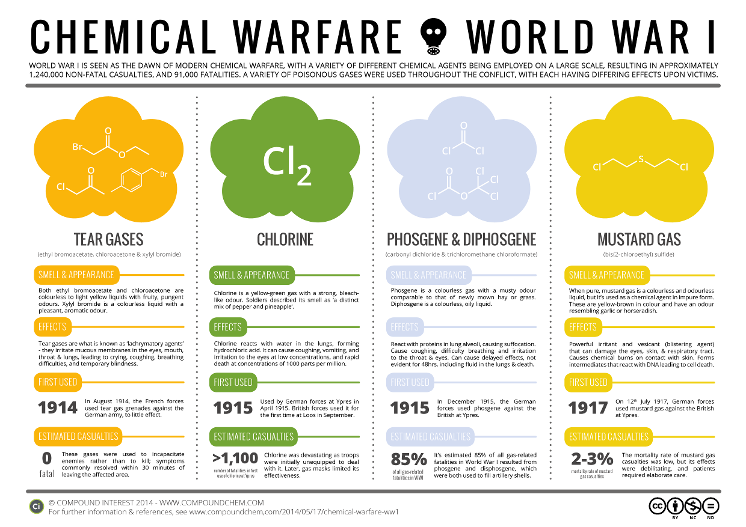
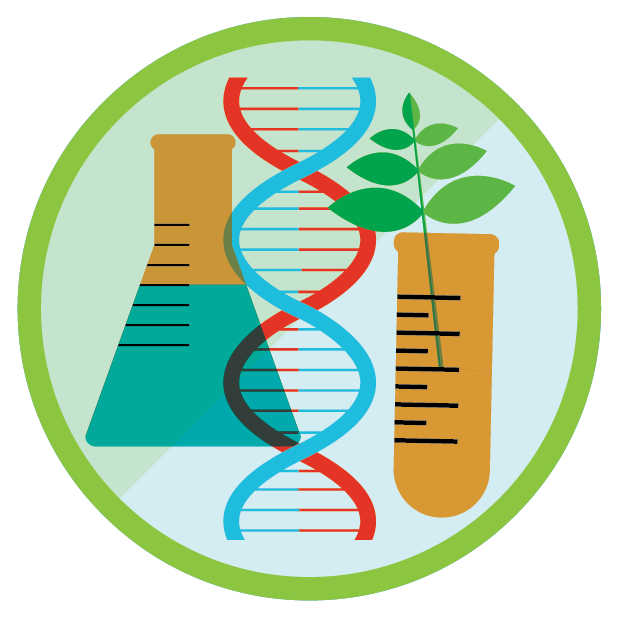
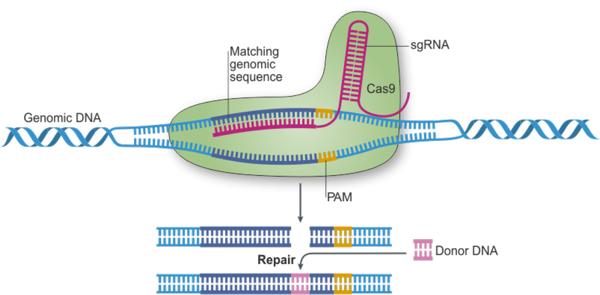


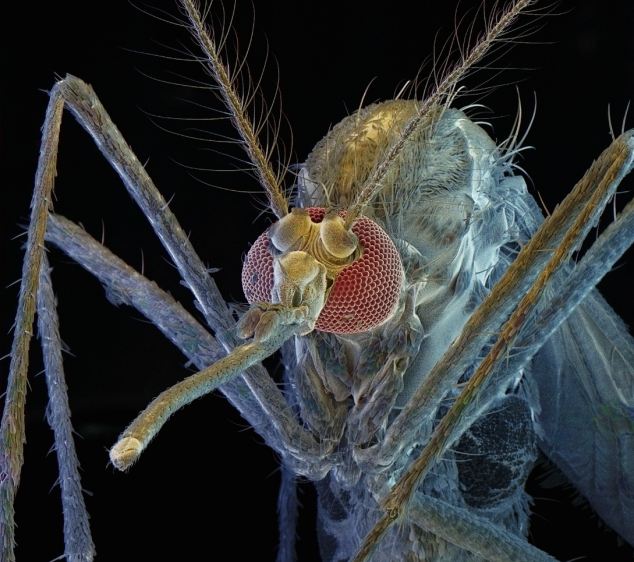

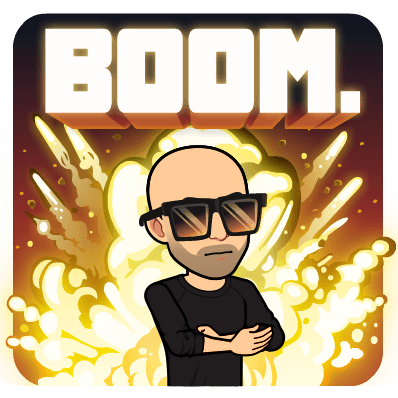
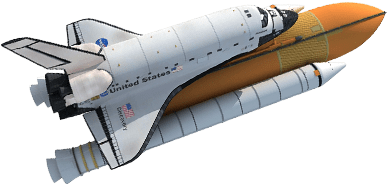

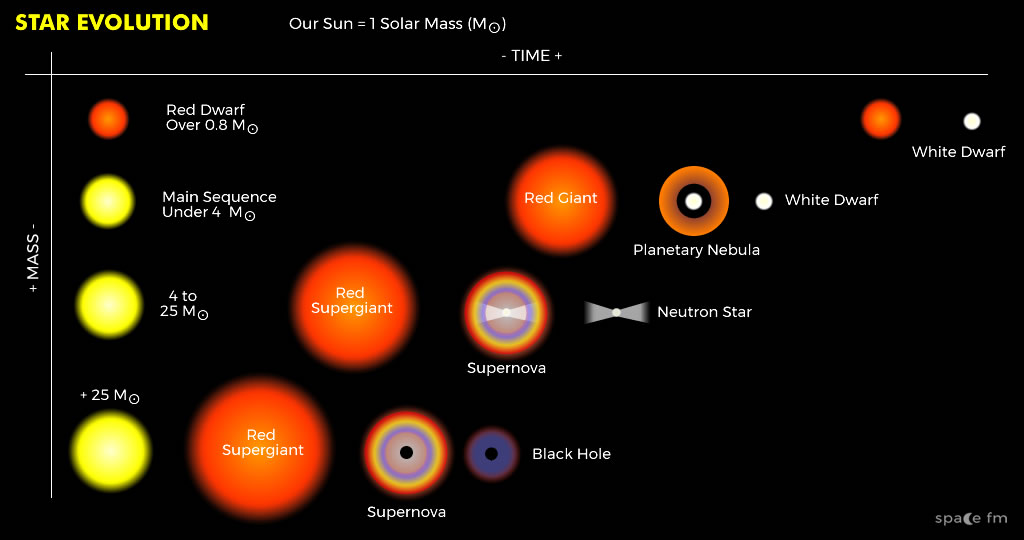


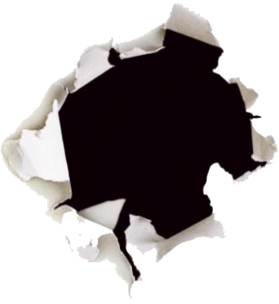


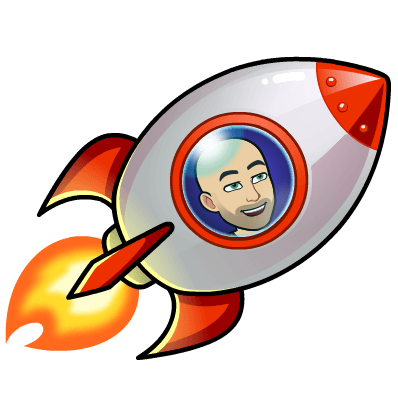

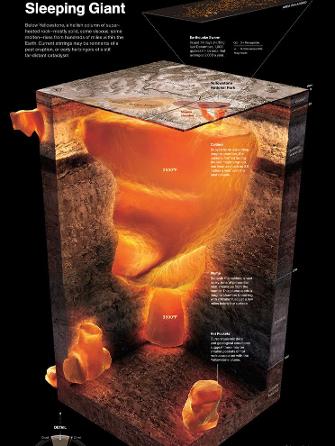
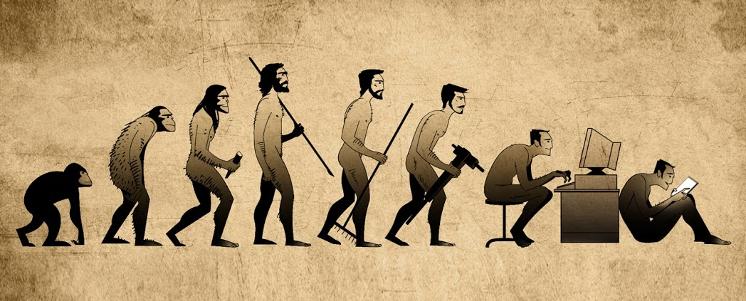


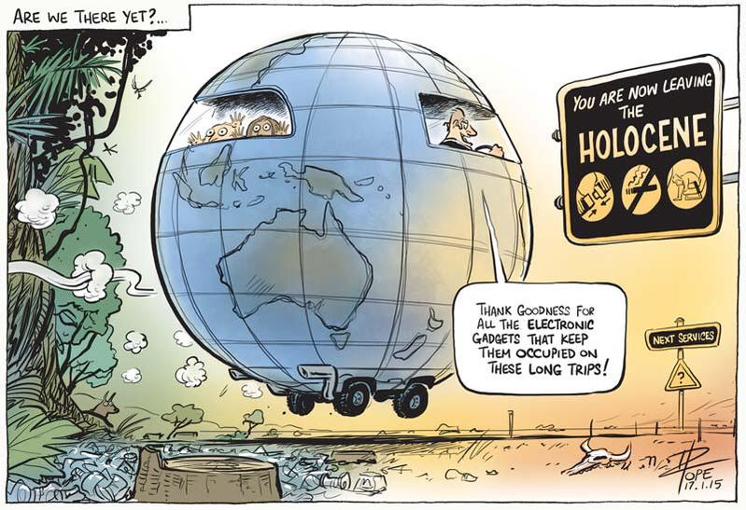




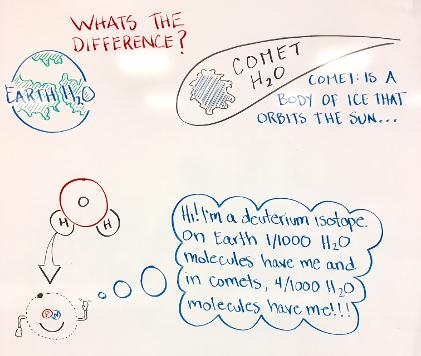


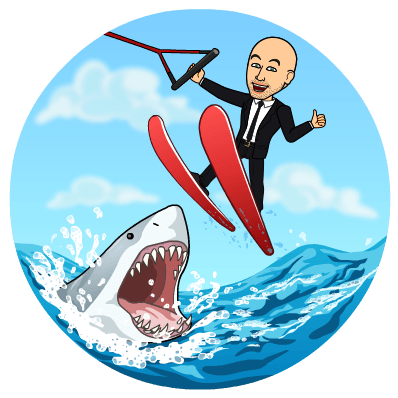
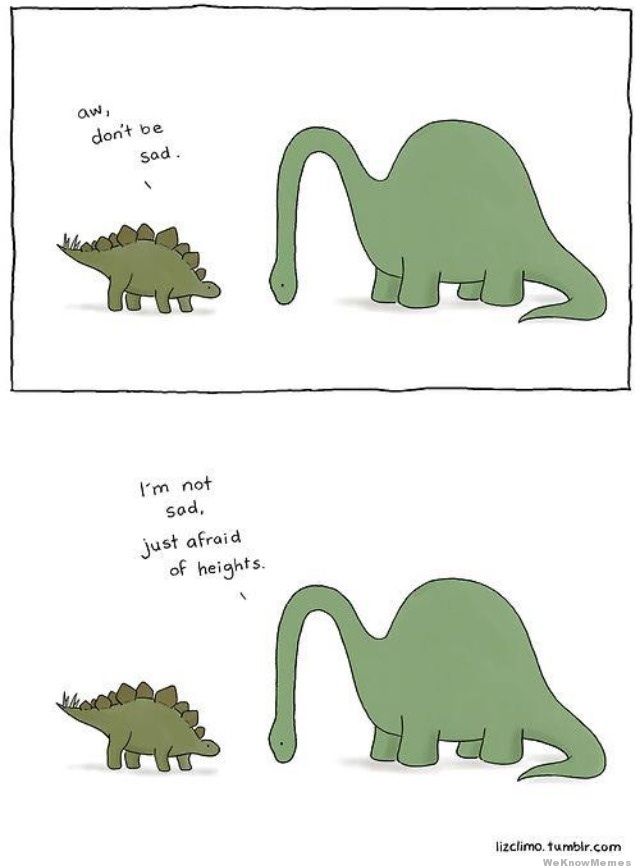
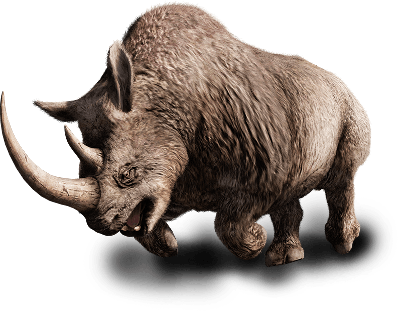
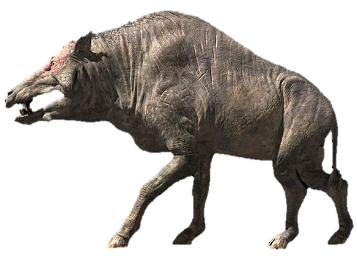

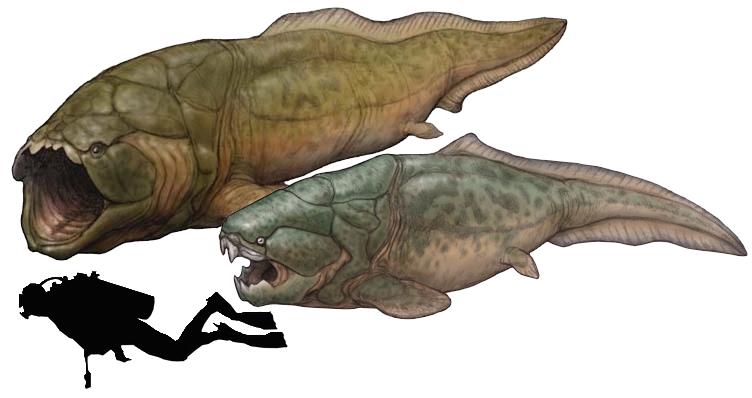


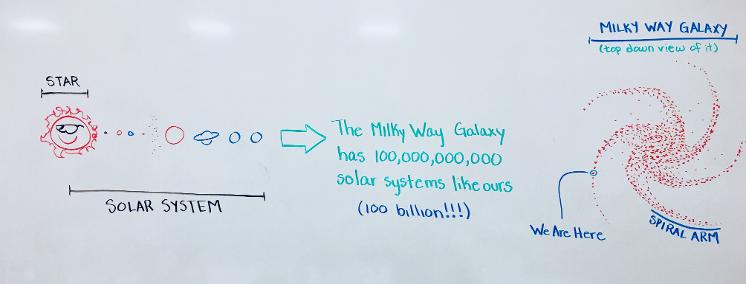


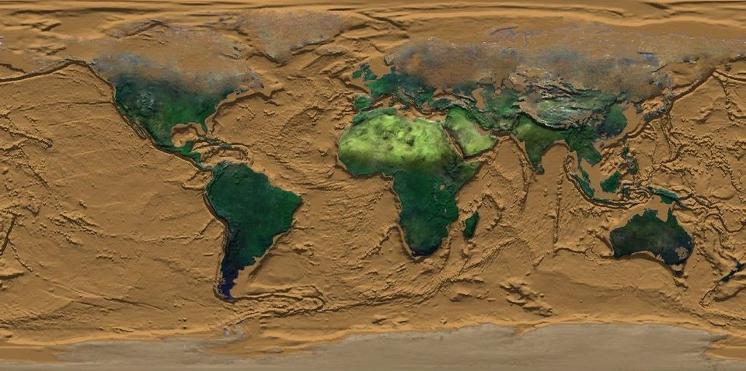
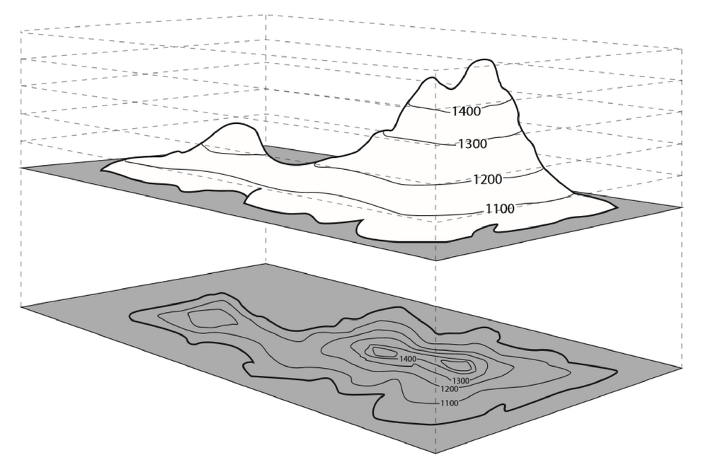



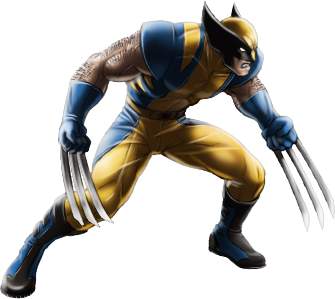
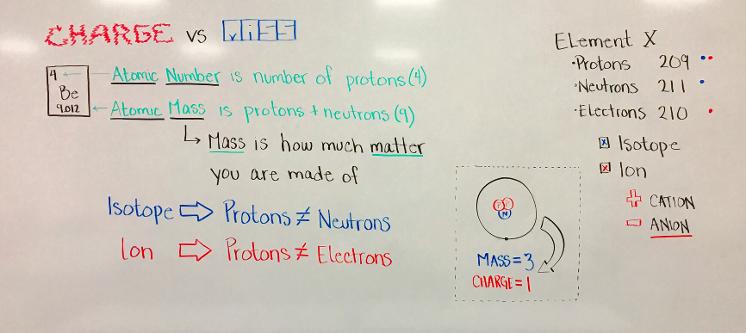

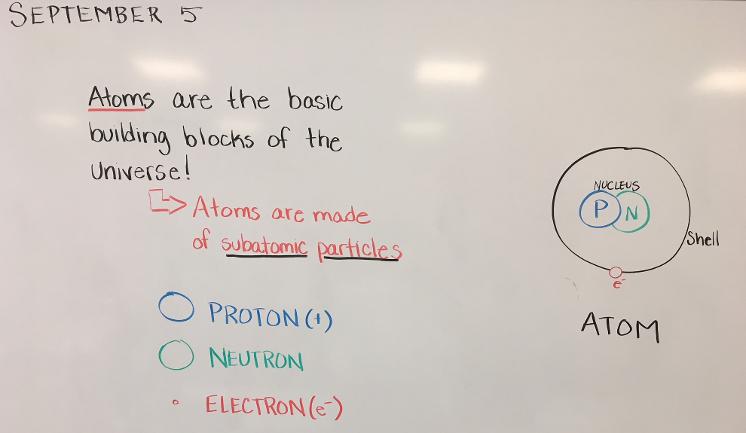


Lesson #10 (Io, Europa, Ganymede)
Learning Objective: Today we will continue our work from Lesson #9, focusing on how to manipulate graphs. Shout out to Luis for finding this awesome video that talks about ethics and CRISPR.
Homework: Study!
Learning Objective: Today we will review our formative, learn how to manipulate graphs, and then revisit the concept of ethics in science by looking at World War 1
Click here for the Formative Answer Key

Homework: Study for your upcoming summative assessment (Friday & Monday)
Learning Objective: Today we will check our learning progress with our first digital formative. We will review this during our next class to prepare for the summative.
Click here for the Study Guide

Homework: Make sure the formative is completed to the best of your ability.
Learning Objective: Today we will learn what happens when science is practiced without ethics. Complete Activity #2 and #3 of this document. Make your own copy but do not share with me. We will review this material during the next class. When finished, please use the remaining time to learn more about The Ethical Dilemma of Designer Babies.
Homework: Complete whatever work you did not finish in class.
Learning Objective: Today will learn how without ethics, science can be used to justify and lead to terrible things happening. We will also learn how to prevent this from happening in the future. Click here for a digital copy of today's lesson.

Homework: None
Learning Objective: Today we will learn how to record and manipulate data in Google Sheets. Click here for today's Google Sheet and DO NOT MAKE A COPY
We are answering the question, "What is the effect of heavy metal on memory?"

Learning Objective: Today we will learn how to record and manipulate data in Google Sheets. Click here for an introduction on how to use Google sheets.
Homework: As an option, you can click here to learn about standard deviation.
*****MAKE SURE TO SIGN UP FOR THE 7TH GRADE TRIP IF YOU HAVE NOT*****
Learning Objective: Today we will learn how to collect data and interpret. We use this data in order to see if our hypothesis was a valid explanation. Valid = correct.
Our question is, "What is the effect of gender on throwing accuracy?"

Homework: Click here to learn about genetic engineering. This will be important for our Lesson #5 discussion.
Learning Objective: We will learn how to conduct a proper, scientific investigation


Homework: Click here for an awesome TEDed on why mosquitoes are so deadly...
Io and Europa need to have their Activity #2 complete for Lesson #1. Ganymede and Callisto should copy the Study Guide notes. You may copy the notes on the space provided on Activity #1, Lesson #1 and then complete them on a separate sheet of paper or do them all on a separate sheet of paper. Thank you very much!
Learning Objective: We will learn how to conduct a proper, scientific experiment.
Homework: Watch the links in the Unit #7 introduction window below
Click here for the Study Guide
In our final unit, we will learn how to conduct a proper scientific experiment as a way to better investigate and understand the world around us. In the age of social media and the internet, we are exposed to an incredible amount of information, not all of which is reliable. Now we will learn to question what we read and determine if that information is reliable. See below for some helpful links to get our unit going!

Click here to learn why sometimes, This does not equal That. Hmm. Interesting.
Click here to learn why taking vitamins is both good AND bad for your health...
Click here to learn about how vaccines work & scientific research about them.
Click here to learn why sample size is so important in the scientific method...
Learning Objective: Today we will review the content from this unit and you will be given the opportunity to study independently or in a group setting. Good luck and study hard!!!

Learning Objective: Today we will learn about our solar system and what it means to be human through the eyes (camera) of the Voyager space probes.
Click here for the Voyager images
Homework: Continue to study for the summative assessment next week.
Learning Objective: Today we will improve our graphic literacy (ability to read graphs) in order to better understand how the solar system and stars are organized. The reference tables to the right will help you with your Activity #1.
If you need a mental break, you can explore the Solar Beat program that makes planetary music

Homework: Please have Lesson #7 and Lesson #8 completed by the next class
Learning Objective: Today we will review the material that we have covered so far to make sure that we have no gaps in our learning.
Homework: Please complete the activities from Lesson #7 (Content Review)
Learning Objective: We will learn how the Universe was created and why this theory is supported by cosmic background radiation and red-shift.

Homework: Make sure you are keeping up with your vocabulary sheet.
Learning Objective: Today we will assess our comprehension of what we have learned so far and afterwards we will look at how the Universe was created.
Homework: To see the most current Study Guide update, click here.
Learning Objective: Today we will learn about our place in the Universe and what else is out there that we may not even be able to see. The comic to the right explains what exactly we think Dark Matter is and how we are trying to study it. EPIC!
Do Now Link (My Solar System)
Activity #2 Link (Click Here)
Homework: Click here to view The Dark Universe (7 minutes)

Learning Objective: Today we will be doing independent learning to become more knowledgeable about the Universe. Turn in the work you complete on my podium.

Activity #1
Activity #3
Homework: None
Learning Objective: Today We will learn how atmospheric pressure, temperature, and radiation change with your distance from the Earth’s surface. To accomplish this we will look at a Reference Table & the RedBull Stratos Mission.
Homework: Complete Lesson #2 and if you want I have prepared a Lesson #1 review sheet. Click here for a copy of it.
I will continue to add to this sheet as the unit continues so do not make a copy!!!
Learning Objective: Today we will learn how the vacuum of space affects the human body. Click here to access the unit vocabulary and make your own copy.
Homework: Have Activity #2 completed. Due the class after it is assigned. If you want more information on atm. pressure, click this link.

In this unit, we will explore the Universe, paying close attention to our own galaxy and solar system. We will uncover how the Universe was created, how it will end, and everything between. Finally, we will learn how Earth interacts with objects in outer space and the impact this has on our lives. See below for introductory topics!

1. Click here to learn what you would find if you traveled to outer space...
2. Click here to find out why you won't be able to visit any other solar system,,,
3. Click here to explore 100,000 stars in our Milky Way Galaxy
4. Click here to view our solar system in 3D with this interactive simulator!
Learning Objective: Today we will prepare for our summative assessment next class by reviewing all of the material that we have covered so far. Click here for a copy of the study guide that tells you exactly what I will be assessing you all on!!!

Learning Objective: Today we will improve our ability to understand how to read graphs. The graphs relate to this unit on the Dynamic Earth. Click here for the Do Now link
Click here for a copy of Lesson #8
Click here for a copy of Lesson #9
Homework: Make sure that you have all work from Lesson #7 - Lesson #9 (except the Lesson #7 Do Now)
Click here for a cool TEDed video on supervolcanoes that was shared with me by Ilai. Very interesting information
Learning Objective: Today we will review how hotspots work and then we will look at the different volcanoes of Earth and their magma/gas composition.
Homework: Make sure to study for the assessment next week. Io and Europa on Tuesday, Ganymede and Callisto on Wednesday. Yay, such excitement!!!!!!!!!
If you are looking for a helpful resource, Giulia send me this link that might help

Learning Objective: Today we will review our formative assessment and then we will learn how exactly how a volcano can be hazardous to human health.
Homework: If you need help better understanding plate tectonics, Maya sent me this video that she found very helpful.
Click here for the formative answer key
Learning Objective: Today we will assess our current level of knowledge to see our strengths and areas for growth. Click here for a copy of Lesson #6 formative.
Learning Objective: Today we will learn about the Great African Rift Valley and why it is so important to our species (Homo Sapiens Sapiens).
Click here for a copy of Lesson #5

Homework: Have the questions shared on Google Docs finished by next class.
Learning Objective: Today we will learn more about plate tectonics, including what ecosystems are formed where oceanic crust subducts. Click here for Do Now link.
Click here for a copy of Lesson #4

Homework: As an option, you can watch Planet Earth II: Ocean Deep
Learning Objective: Today we will learn about how convection is responsible for the movement of the plates in a process called plate tectonics. The diagrams are helpful for better understanding what plates are, how they move, and also interact
Click here for a copy of Lesson #3
Homework: None
Learning Objective: Today we will learn about the process of convection. This will allow us to better understand our upcoming lessons on plate tectonics.
Click here for a copy of Lesson #2
Click here for the Activity #2 resource
Homework: On the board diagram (last page) explain the difference between the magnetosphere, the ozone layer, and Greenhouse Gas. Where can they be found, what do they look like, and how to they interact with solar energy? I recommend that you do a rough draft first on a separate sheet of paper. Due next class period
Learning Objective: Today we will learn about the interior structure of the Earth and why it is important that the interior is very hot.
Click here for a copy of Lesson #1
Click here to learn about the magnetosphere
Homework: Complete Activity #2. I will only accept work that demonstrates effort and done to the best of your ability.
In this unit we will learn about how events deep within the Earth affect the surface events on our planet. We will see how these events (such as volcanic eruptions) have shaped the physical features of the Earth and how humans respond to them!

1. Click here to learn about the Theory of Plate Tectonics (Brain Pop video)
2. Click here to travel deep inside the Earth with this interactive BBC website
3. Click here to see what your would experience if you fell into a volcano...
4. Click here to see where your home would be millions of years ago. Cool!
Learning Objective: Today we will investigate the Anthropocene and how we humans are impacting the environment. We will pay close attention to water!
Activity #1: Click here for the interactive website
Activity #2: Click here for the informative video

Homework: Prepare for your summative assessment at the end of the week.
Learning Objective: Today we will learn about the importance of water in forming caves and how caves create extremely unique ecosystems.
Activity #2: Click here for the How Cave Biology Works link
Homework: Click here for a document that will help you review what to study for the summative assessment at the end of this week. It will be updated...
Carbonic Acid Molecule >>>>>

Learning Objective: Today we will learn about the importance of permafrost, which is a part of the cryosphere. Click here to learn more about permafrost!
Click here for Activity #1 Guiding Questions

Homework: Watch this video that shows what happened the last time the globe warmed. This video is a great review of what topics we have been covering!
Learning Objective: Today we will learn about the importance of the cryosphere in regulating the temperature and changing the landscape of the earth (via erosion)
Click here for the information needed to complete Activity #2 for today's class
Click here to see how the world would look if the cryosphere melted. Its crazy!
Homework: Continue to improve your vocabulary comprehension for this unit!!!
Learning Objective: Today we will learn about how rivers change the landscape as they erode, transport, and deposit the land around them.
Click here to learn about meanders
Click here to learn about deltas
Homework: Click here for a river course review and finish Activity #2 by your next class please.
Learning Objective: Today we will learn about the water cycle, starting with the Sun's energy. The image below is the Water Cycle diagram we created in class.

Homework: Check the homework for Lesson #4.5 in the box below. Thanks a lot!
Learning Objective: Today we will review our assessments and then we will start learning the most important terms for the water cycle. See image below for vocab

Homework: Know how to place the vocabulary on the left side in a diagram and if the terms relate to being heated, cooled, or under the force of gravity (Ex. Run-off is caused by the force of gravity). Finally, have flash cards created for all terms.
Learning Objective: Today we will review the different types of hydrogen found in water, review Activity# 3 from Lesson #3, and then take a formative in order to prepare for our Summative on your first class of next week.
Homework: Study Lessons # 1-4 to prepare for the exam!

Learning Objective: Today we will learn where earth got its water and about the different types of water that exist on earth.
Activity #2: Click here to learn about what would happen if you drank heavy water.

Homework: Finish whatever work was not completed in class. As an option you can click here to explore an amazing 3Dmap that shows you the population density of every major city on earth.
Learning Objective: Today we will learn about the density of water and why this is important for humans. Check the homework section for a cool opportunity!

Homework: The Leonardo da Vinci Science Museum here in Milan has an actual spy submarine that you can visit and take a tour of. I highly recommend it.
Homework: Complete the CO2 Prompt by Wednesday morning at 9 am. For the VICE documentary on Bangladesh, click here and fast forward to the time 28:30.
In this unit we will learn how the Earth got its water and how it moves that water between the surface, the atmosphere, and underground. We will also learn how water shapes the physical world around us on a macro and a microscopic level!

1. Click here for a comic showing what would happen if we drained the oceans
2. Click here for a simulator that allows you to investigate how pressure and temperature interact in phase changes
3. Click here to learn about the basic process that is the Earth's water cycle
4. Click here to learn if you have ever drank a glass of dinosaur pee. Cool...
Learning Objective: Today we will use our time to review the concepts that you will need to know for your upcoming summative assessment. Check links below!
Homework: Study a little each day so you do not have to cram the night before
Learning Objective: Today we will learn how Carbon-14 dating works and then we will take a formative assessment. This will be reviewed next class in detail!
Homework: Click here to check your work from Lesson #7 and complete the Formative Assessment by next class...
The Summative is next Tuesday. Study

Learning Objective: Today we will travel back in time to the MesozoicEra to better understand Geologic Time. Click here to see what the Earth looked like!

Homework: Complete whatever work was not finished in class. Remember, I will review how to read the Geologic History chart next class so just try your best!
Learning Objective: Today we will travel back in time to the Paleozoic Era to better understand Geologic Time. Click here to see what the Earth looked like!
Homework: Complete the reading questions and graphic organizer by next class.
Learning Objective: We will improve our scientific literacy to understand how the Earth has changed over geologic time. To do this we will read a science article!!!
Electronic Copy of Lesson #5

|
Lesson 5.pdf Size : 368.034 Kb Type : pdf |
Homework: Spend 30 minutes working on Activity #1 from Lesson #5.
Learning Objective: Today we will learn everything we need to know about the Nebular Theory before we investigatehow earth has changed over Deep Time!

Homework: If you want, you can check out these video's on how evolution works!
Learning Objective: Today we will review our Nebular Theory comics and then we will take a brief formative assessment on what we have learned so far. Very fun!!!
Homework: Click here to check out a great video on the solar system using the 100 most common words in the English language. It is from an awesome book!
Learning Objective: Today we will continue to learn about how the Earth was created 4.6 billion years ago. Check the homework section for links that will make you a more educated person and help you understand the Lesson #1 reading.

Homework: Complete your Nebular Theory comic if you did not finish in class. We are going to review all of them next class during a peer review/feedback process.
If you want, check out these great explanations on how nuclear fusion works, the accretion of Earth, an overview of the Sun, and how we are trying to make a sun
Learning Objective: Today we will learn how the Earth was created 4.6 billion years ago. This creation event is called the Nebular Theory in scientific terms.
Activity #2: An example of how you should format your vocabulary sheet
Homework: Complete Activity #2 and make sure to begin your vocabulary list. If you were absent or lost your copy of the lesson, click here for a digital copy of it.
In this unit, we will be exploring the past, present, and future of the planet Earth. We will begin with the formation of Earth, see the amazing ways it has changed, and then use scientific reasoning to hypothesize how we humans will change it. Use the links below to prepare yourself for this upcoming unit. It will be super fun!

1. Click here for a great VSauce video that asks, "what does Earth look like?"
2. Click here to find out the future and history of everything.
3. Click here if you want a challenging but interesting reading on Deep Time
4. Click here for an interactive look at how the Earth has changed over time
Learning Objective: Today we will have our last day of practicing our topographic profile drawing practice. When you have completed each profile, you can check if your profile is correct for A to B, A to C, D to E, and F to G. For those who finish, create your own profile using the A3 topographic map on my yellow desk.
Homework: Refer to the homework section from Lesson #8 below.
Learning Objective: Today I will review the exact way you are supposed to make a topographic profile and then we will discuss how topography helped prove the theory of plate tectonics. The image below shows the bathymetry of the Atlantic

Homework: You many continue working on the practice assessment from Lesson #8. This is optional but highly recommended as it for sure will help you learn!!!
Learning Objective: Now that we have learned to read and make topographic maps, we will take the final step of making topographic profiles. Awesome stuff!
The image gallery below should help you with today's topographic profile graphs
Homework: The questions you should try are # 18, 27-38, and 41-47. There is an answer key on the last page of the pdf.

|
High School Earth Science Review.pdf Size : 1464.331 Kb Type : pdf |
Learning Objective: Today we will create our own topographic maps using the knowledge that we have learned in previous lessons.
If your class name appears on today's lesson, check the Lesson 6 Key and the short film linked in the space below...

|
Lesson 6 Key.pdf Size : 241.212 Kb Type : pdf |

Homework: If you finish early, you have the option of watching this great David Attenborough documentary on life in the deep ocean. Very interesting stuff!
Learning Objective: Today we will review our work from the previous lesson on topographic mapping and then we will continue practicing these new skills.
We will alsolearn about how humans discovered underwater topography (called bathymetry) and the ways we use it to understand how ocean waves form...

Homework: Watch this video on how to make a topographic profile.
Learning Objective: Today we will review our formative assessment and then we will learn about topographic maps. See the images below for helpful information!

Homework: Finish Activity #5 from Lesson #4 and Activity #2 from this current lesson by your next class with me. We will do a review of all of this next class!
Learning Objective: Today we will review our work from Lesson #3 and then we will see what living on Earth would be like if it were actually flat. Click here to see!
Activity #5: Helpful Resources
Click here to explore what the lungs do
Click here to learn how your heart works
Click here to see what causes frostbite
Click here to learn about sunburned eyes
Homework: Will be announced in class.
Learning Objective?: Today we will learn how to plot and read lines of latitude and longitude. On your class day, click here for the document for Activity #2.
Homework: Finish Lesson #3. For slide #4, you should have at least 2 and hopefully 3 pieces of evidence that prove that the earth is not flat!
Learning Objective: Today we will learn how to read maps and understand the advantages and disadvantages of 2-dimensional maps.
Homework: Make sure you have all Activities complete for Lesson 1 and 2 by the start of our next class. Please focus on writing neatly and following instructions!
Learning Objective: Today we will learn about the history and geography of Italy using maps. We will be using both a modern map and an ancient map of from around 2000 years ago.
Homework: If you scored less than a 20/30 on the assessment, you have the opportunity to get a passing grade by doing corrections on a separate sheet of paper. This is due next Monday (A).
In this unit we will use maps to better understand the world around us. To do this, we will learn about the history of mapping the world and the pros and cons of maps in representing the world. Finally we will uncover how to read and make maps of our own. Use the links below for some background information on maps! .

1. How have maps changed over time?
2. Why are all world maps wrong?!
3. Learn how to read topographic map contour lines.
4. Check out this awesome augmented reality sandbox!
Learning Objective: Today we will review all of the essential material that you will for your upcoming Summative Assessment on Thursday. You will be given this period to review with your peers or ask me for help on specific topics...Lets work!
Homework: Please check the study guide uploaded below for what will be covered on the assessment this Thursday. Email me with any questions!!!
Learning Objective: Today we will continue with Activity #2 from Lesson #8. Our focus will be on how electrons are arranged in their shells and why atoms want to form molecules. Also, we will review the back page of the Formative Assessment.

Homework: Please have Activity #2 on Lesson #8 handout completed by your next class period.
Learning Objective: Today we will learn to use the periodic table and see how an element's location on the table determines how it behaves. Click here for ptable.

Batrachotoxin: Black = C, White = H, Blue = N, Red = O
Homework:
1. I want you to self correct your atomic diagrams from the Formative. Click here to reviewhow to draw regular atoms and click here for how to draw ions.
2. Click here to see how the elements Chlorine and Bromine led to the historical event know as, "The Attack of the Dead Men."
Learning Objective: Today we will take a formative assessment in order to see our strengths and our room for growth on the topic of atoms. If you would like help or a review on how to draw atomic diagrams, please check out the Homework
Homework: None
Learning Objective: Today we are going to learn how to diagram atoms. Click here for the VSauce video on the most rare, stable metal you could make into a ring.

Homework: Please continue working on your Unit #1 Vocabulary sheet.
Learning Objective: Today we will review the properties of atoms, focusing on charge and mass. To do this we will look at the amazing element called Beryllium.

Homework: Complete the Unit #1 vocabulary sheet that I will hand out today. Thiswill be due on Monday of next week. I suggest you work on a little each day!
Learning Objective: Today we will be doing a self guided learning session to learn more about atoms and states of matter.
Please follow the step by step instructions below and I will circulate to help you all!!!

1. Click here to learn how to diagram atoms and take very neat notes on this video (start from the beginning). You will be using these during your next class!
2. Click here to learn about states of matter. Please write down any questions that you may have for me and I will gladly answer them (if you have them).
3. Click here to learn about changing states. For each word on the diagram, if you put your mouse over them they turn red. Click them to reveal their definition and then make a simple drawing for how you interpret this definition. It doesn't have to be a work of art but should show you understand what the definition is.
4. Click here to learn why we never actually touch anything...crazy!
Homework: If you finish early, you can explore the scale of the universe for items larger than a human.
Learning Objective: Today we will learn about scale models and then see how big an atom is by looking at a scale model. Scale models are a copy of an object that is bigger or smaller than the original object that keeps the correct dimensions.
Click here for the Activity #2 TEDed presentation
Homework: Make sure you know how to diagram an atom and identify the 3 subatomic particles (and their charges). Click here if you want to explore a scale model of the solar system that I showed you in class today.
Learning Objective: Today we will learn what an atom is and its basic parts. The diagram from Activity #1 that we drew as a class can be seen below.
Click here for Activity #3, The Scale of the Universe

Homework: Please finish Activity #3.
Learning Objective: This class will focus on getting to know each other and reviewing the basic procedures that will make our classroom a productive learning community. Click here for the Activity #2 link if you want to watch it again. Enjoy!
Click here if you want to learn more about your Galilean Moon!

Homework: As an option (not mandatory), you can check out the 4 links in the box below or click the link in this box to learn more about the Galilean Moons...enjoy!!!
In this unit, we will be learning about the stuff that makes up ever living and non-living object in the universe. Knowing about atoms and states of matter is super important for a deeper understanding of every science course you will take in the future. If you want some helpful links, I suggest you check out the following links...

1. What is an atom, inside an atom, and a molecule?
2. How big (or small) is an atom?
3. Can you build and atom?!